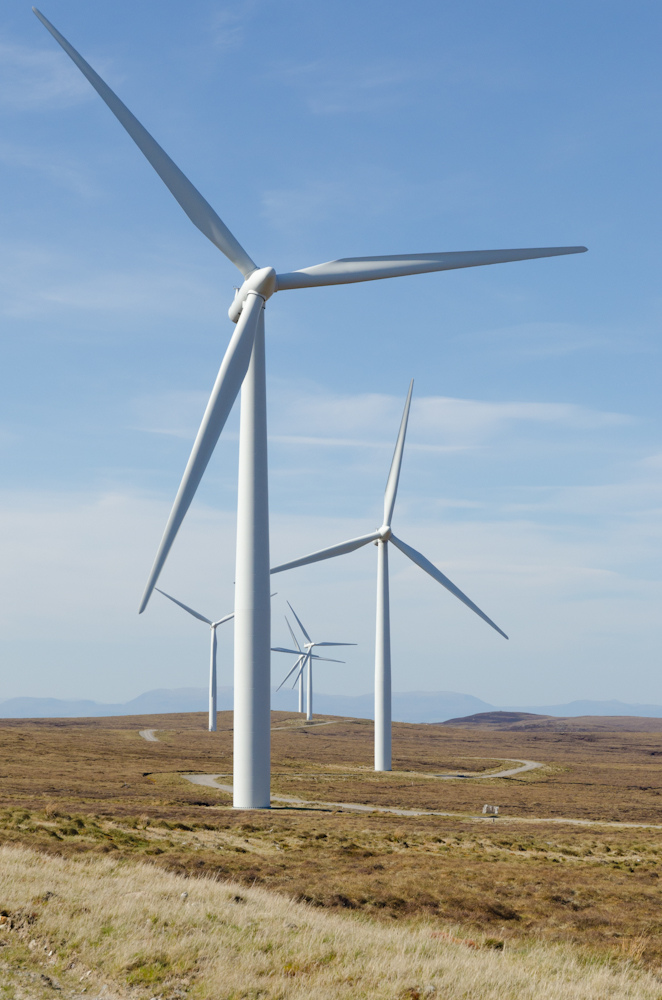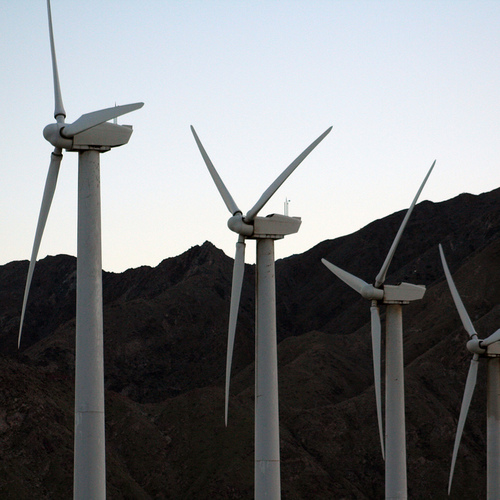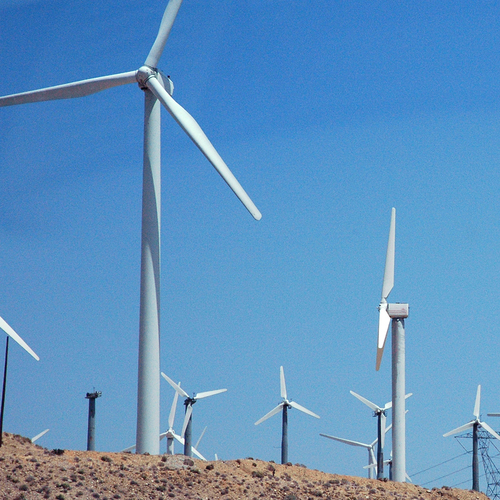
Image Credit: Steve Abraham via Flickr
Note: This is part three of a series of blogs highlighting recent progress in onshore and offshore wind energy, as well as discussing some of the continued opportunities, challenges, and threats the industry faces in the near term. The series was originally published by the Natural Resources Defense Council.
By KATIE UMEKUBO
Paralleling great news on both onshore and offshore wind energy development, there’s also been recent progress on tools to make wind project siting more environmentally friendly. And a main driver of this progress can be credited to collaborative efforts between wind industry, wildlife researchers, conservation groups, and state and federal agencies.
As with all sources of energy development, potential for adverse impacts to wildlife — and especially individual species and habitats — can occur with increased wind development. Unlike traditional fossil fuel development, though, wind energy has no need to gut our environmental laws to succeed.
By focusing on collaborative engagement and independent research to identify, avoid, and properly mitigate for wildlife risks up-front, we can increase wind energy development and protections for our sensitive wildlife species and their habitat.
One prime example is the American Wind Wildlife Institute (AWWI) — an organization that my colleague, Nathanael Greene, serves on the board for and previously wrote about — which brings together stakeholders to identify and conduct priority research needed to address wind-wildlife issues.
AWWI recently hosted a listening session in Tulsa, Oklahoma, where leaders in the wind industry and conservation partners shared perspectives on efforts to address wind project siting concerns within the broader context of our shared climate goals.
Report details impacts of wind farms
In June, AWWI released a comprehensive report summarizing information about the adverse impacts of land-based wind power on wildlife in North America and the status of our knowledge on how to avoid or minimize these impacts. AWWI also outlined research priorities focused on key species — eagles, bats, migratory birds, and prairie grouse — and cumulative impacts, through a National Wind Wildlife Research Plan released in June.
Each of the above actions — bringing together stakeholders, assessing what we do know, and prioritizing needed research — is critical to scaling wind energy while protecting wildlife. It is what has helped drive research investments and results towards the species most at risk and where wind industry resources have the greatest conservation gains, for example by incorporating science-based operational protocols and transparent data sharing.
Federal agencies have been crucial partners as well. The Department of Energy (DOE) has funded peer-reviewed research through collaborative partnership such as the National Wind Coordinating Collaborative and the Bats and Wind Energy Cooperative for more than a decade, research that has propelled industry-wide actions to reduce cut-in speeds for turbines to decrease bat fatalities as just one example. In 2016, DOE provided over $3 million for groundbreaking eagle-impact minimization technology research, and development projects — research that will provide wind project operators with viable and cost-effective tools for reducing potential impacts to eagles.
Efforts lead to better siting
While it is true that we have much more to learn in terms of wind energy’s impact on wildlife, and notably sensitive bird and bat populations, recent studies have helped identify focus areas and provide initial answers leading to better siting of wind projects before irreversible impacts occur. These combined efforts in turn fuel technological advancements that can decrease overall impacts to sensitive species — advancements such as new deterrence technologies.
Wind energy is not only proving to be a boon for job creation and addressing climate change, but it is also setting a precedent for novel and effective collaborative conservation efforts to preserve wildlife and wildlife habitat. With positive outlooks for wind energy ahead, now is the time to double-down on research to address wind-wildlife concerns and partnerships to translate research results into policy and practice.
Katie Umekubo is a staff attorney with the Southern California Ecosystems Project and the Western Renewable Energy Project with the NRDC.
Weekly Newsletter
Get building science and energy efficiency advice, plus special offers, in your inbox.














0 Comments
Log in or create an account to post a comment.
Sign up Log in